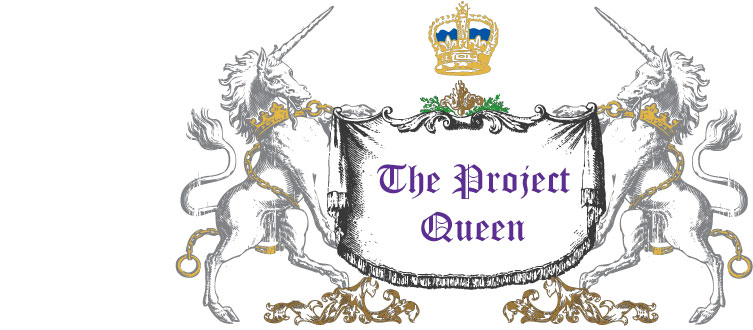In 1994, my mother-in-law made a book of recipes and favorite quotes in honor of what would have been her mother-in-law’s 100th birthday. She gave copies to her children and their families. I have glanced at it occasionally, but never made anything from it. I’m not sure why, but I would hazard a guess that recipes without detailed instructions were a bit intimidating 19 years ago. There probably are a few cooks and bakers who instinctively know how to do things in the kitchen. For the rest of us, a good teacher or plenty of practice may get us to that point.
This past weekend, I got a wild hair and pulled my copy off the cookbook shelf. After reading through it my younger daughter and I agreed the Dutch Honey Bread would be the first recipe we sampled. I did the usual read-through to make sure I had all ingredients, but I didn’t notice this recipe was “missing” a couple items. Eggs and salt aren’t mentioned. If you look carefully at the ingredients in baking soda, you will notice a type of sodium in the list. So leaving out salt isn’t a big deal. However, most of us aren’t used to making a quick bread without eggs. They help provide protein for structure in the loaf, as well as some of the liquid. I questioned the recipe for a moment, but since I already had most of the ingredients in the bowl, I decided to trust the recipe as written. According to the biography at the front of the book, my husband’s grandmother was an expert baker, so she must have known what she was doing. It’s also possible this recipe is very old. Before refrigeration, eggs were not something everyone had on hand all the time.
Now, this is particularly interesting to note. The majority of this recipe’s moisture comes from the sweeteners. You can try decreasing them if you like, but I wouldn’t recommend it. Like some of the other recipes I’ve posted, this should be considered a splurge. True, there is plenty of sugar, but here the indulgence is in cost. I’m sure others besides me have noticed that honey is getting expensive. Normally, I use it in smaller quantities (1/4 c. in yeast breads). To keep some of my baking costs reasonable, I buy honey and brown sugar at a membership club. (Pure maple syrup, too).
The anise seeds in this recipe will give the bread a subtle licorice taste. For those who don’t enjoy black licorice, try this recipe as written at least once for a touch of authenticity. Anise is apparently a very popular flavor in the Netherlands. I’ve noticed many products in Dutch import shops that contain it. (Black licorice, the most common, comes in many forms. Stay away from the double zout kind.)
1 tsp. Hot Water
1 ½ tsp. Baking Soda
1 tsp. Anise Seeds
1 c. Honey
1 c. Brown Sugar
1 tbsp. Butter
½ c. Water
½ c. Milk
3 c. All-purpose Flour (or half ratio of AP and whole wheat)
Preheat oven to 350°.
Place hot water, soda and Anise seeds in a small mixing bowl. Allow the soda to dissolve and the seeds to soften. Put the remaining liquids in a mixing bowl. After combining them, stir in the softened anise seeds and soda. Gradually add the flour. Mix until most of the lumps are gone. The batter can be divided into (2) 4” x 8” prepared loaf pans or (4) mini pans. For the large loaf pans bake at least 45 minutes. Mini loaves will need 25 – 30 minutes. Check the centers of the loaves with a toothpick. The bread is ready when the toothpick comes out clean.
The Project Queen




